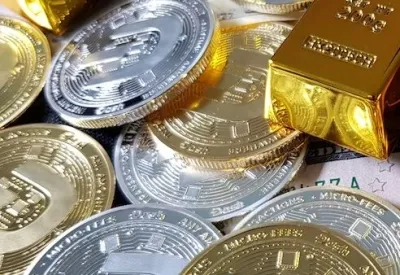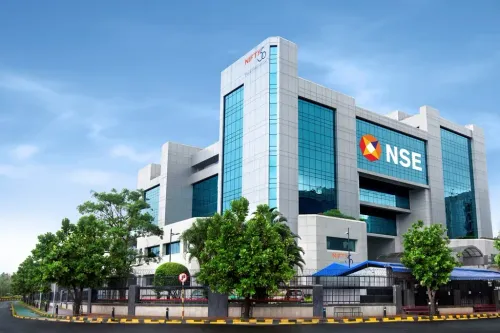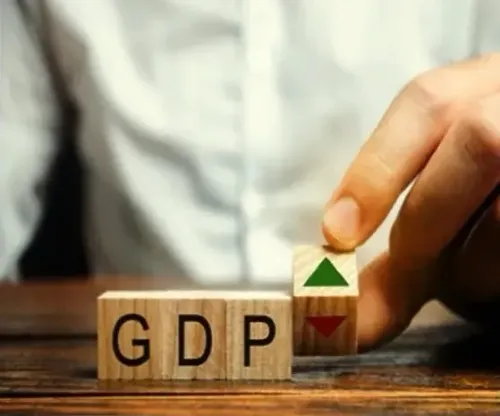Why Did Silver Prices Surge to a Record High Above $52.50?

Synopsis
Key Takeaways
- Silver prices reached a record high of over $52.50 an ounce.
- The surge is driven by a historic short squeeze in London.
- Strong demand for safe-haven assets amid global uncertainty is evident.
- Gold prices also hit new records, marking eight weeks of gains.
- Lebanon's liquidity concerns are impacting global supply.
Mumbai, Oct 14 (NationPress) Silver prices have skyrocketed to a historic peak of over $52.50 an ounce on Tuesday, driven by an unprecedented short squeeze in London and a robust appetite for safe-haven assets amid ongoing global economic instability.
The spot price of silver climbed by as much as 0.4 percent to reach $52.58 an ounce in London, surpassing the previous record established in January 1980 during the Hunt brothers' attempt to monopolize the market.
Furthermore, gold prices experienced an uptick, achieving a new high and marking eight weeks of consecutive increases, fueled by escalating geopolitical tensions and anticipations of interest rate reductions in the US.
The surge in silver prices arises from concerns regarding liquidity in the London market, prompting a global rush to acquire the metal.
London prices are currently trading at an unusual premium compared to New York, leading traders to transport silver bars across the Atlantic—a costly decision typically associated with gold—to capitalize on the heightened prices.
This premium was approximately $1.55 an ounce on Tuesday, down from $3 the previous week.
Adding to the urgency, silver leasing rates in London—the cost of borrowing the metal—exceeded 30 percent for one-month contracts last Friday, increasing costs for traders maintaining short positions.
The situation has been exacerbated by strong demand from India in recent weeks, which has further tightened the available supply after earlier shipments to New York amid concerns of potential US tariffs.
Experts indicate that the recent spike in both gold and silver is indicative of increased market uncertainty.
Gold prices have surged nearly 60 percent this year, surpassing the $4,100 threshold for the first time, driven by geopolitical tensions, expectations of rate cuts, and substantial purchases by central banks and investors.
Key US economic indicators, including inflation and retail sales, are expected later this week; however, analysts caution that ongoing government shutdowns may delay the release of these critical reports, including jobs data.









